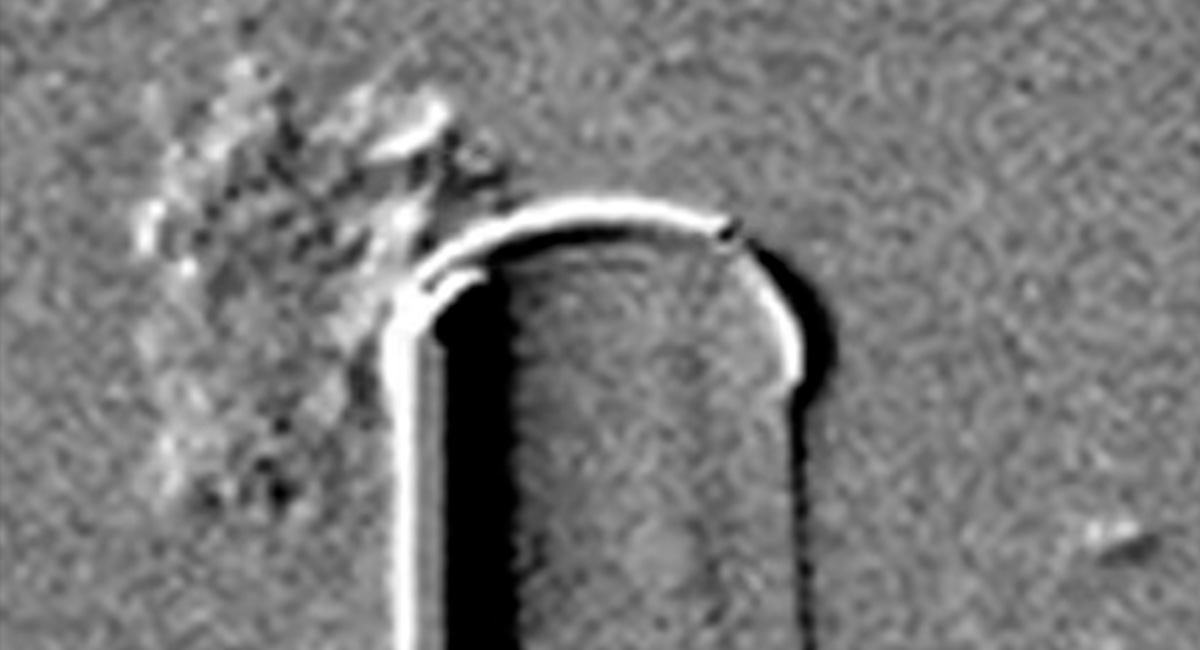EHS Techniques carried out a wide emissions study to detect and measure emissions from vents, fugitive and from unburned methane in the Natural Gas sector. EHS Techniques carried out a wide emissions study to detect and measure emissions from vents, fugitive and from unburned methane in the Natural Gas sector. Different technologies were used, including infrared detection (OGI) and its quantification (QOGI), direct flow measurement (HFS) and the use of specific emission factors following EN 15446 once sufficient representative data had been obtained.
Project scope
The study encompassed a range of upstream and midstream natural gas facilities, including compressor stations, metering points, and distribution infrastructures. The work involved:
- Detection and quantification of methane emissions from multiple operational sources.
- Categorization of emission types (fugitive, vented, combustion-related).
- Evaluation of emission factors and comparison with OGMP Level 4/5 methodologies.
- Development of site-specific mitigation and measurement improvement plans.
Methodology
The project was executed using a combination of direct measurement techniques and advanced detection technologies, ensuring accuracy and representativeness of the results:
- Field detection and quantification
- Infrared Optical Gas Imaging (OGI) for leak detection.
- Quantitative Optical Gas Imaging (QOGI) for emission rate estimation.
- High Flow Sampler (HFS) for direct flow measurement of detected leaks.
- Emission factor application and data consolidation
- Use of EN 15446-based emission factors for components without direct measurements.
- Integration of measured and estimated data into a unified methane inventory database.
- Analysis and reporting
- Comparative assessment of results against OGMP reporting levels.
- Identification of discrepancies with generic emission factors and development of corrective methodologies.
- Preparation of technical documentation for regulatory compliance and corporate sustainability reporting.
Results and added value
The methane emission assessment provided the client with:
- A comprehensive methane emissions inventory, compliant with OGMP and EU reporting standards.
- Quantified estimates of vented, fugitive, and unburned methane emissions across the network.
- Identification of priority areas for emission reduction and operational optimization.
- Strategic recommendations to align with the future European Methane Regulation and improve transparency in sustainability disclosures.
The project results strengthened the operator’s position as an industry leader in methane management and emission reduction, supporting its long-term decarbonization strategy.
Closing statement
With this study, EHS Techniques reinforces its expertise in methane emissions detection, quantification, and regulatory compliance, supporting energy operators in their transition towards low-carbon and transparent operations.

 Español
Español
